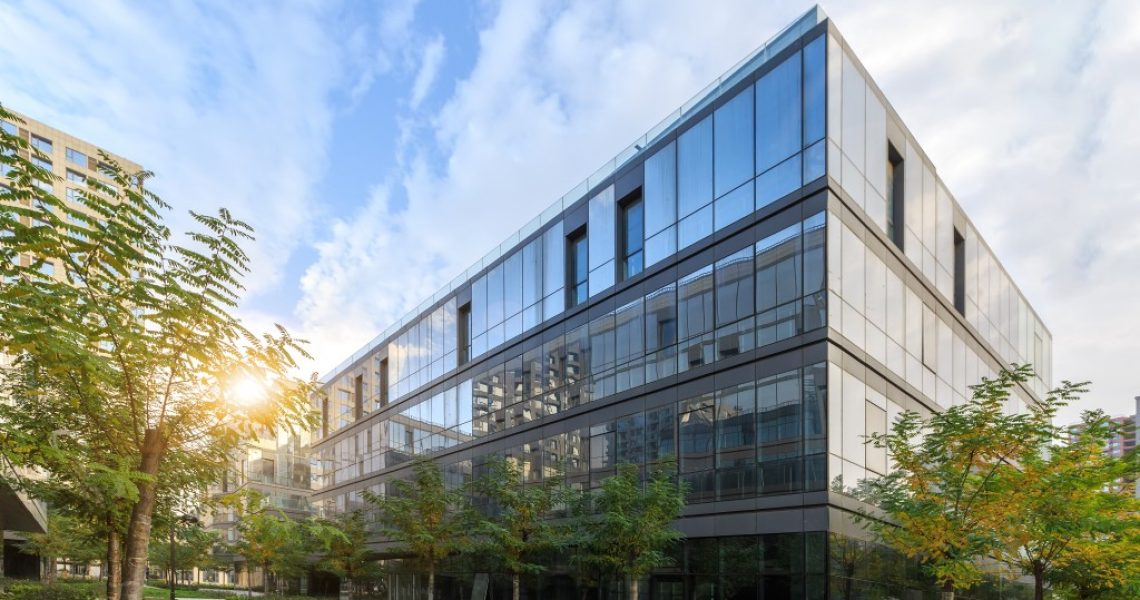Commercial buildings accounted for 18% of all energy consumption in the United States in 2018. It has taken time for building designers to account for energy efficiency and environmental impact, but over the last two decades, there have been many improvements in the way that commercial buildings can lower energy costs through efficient design and systems.
If you’re a commercial building owner or manager here in Utah, you might be able to take advantage of some of the latest design innovations to improve your building’s energy efficiency in key areas. Here are four of the major end uses of energy consumption in US commercial buildings, and how to improve upon them.
Heating, ventilation, air conditioning
Managing temperature and humidity within a commercial building has consistently been the leading source of energy consumption over the years, and 2018 numbers show that up to 40% of energy, on average, goes towards maintaining an optimal indoor climate.
With our weather offering the full range of seasonal variations, you’ll want good cooling and moisture control in summer, as well as effective heating and circulation in winter. Moreover, you’ll need to be able to adjust your systems in response to daily fluctuations.
Modern technology has made it increasingly affordable and effective to use computer-controlled systems as a solution to commercial HVAC management needs. By programming the correct settings, your systems will respond to external fluctuations and cool or heat as appropriate, in the most efficient manner possible. Building automation makes perfect sense in Utah, and with its high potential impact on energy costs, it’s one of the first upgrades you should look into.
Improved insulation
The quality and insulating capabilities of your building envelope also play a major role in efficient control of the indoor environment. The walls, roof, and foundations account for roughly 60% of energy flow in commercial establishments. An easy way to improve insulation is to maintain window and door frames to ensure there are no air leaks. You could also review the current wall plan and compare it with newer, non-traditional innovations that may offer better insulation.
Window upgrades

Windows are a vital part of any commercial building as the main source of daylight. However, they also account for most of the structure’s solar heat gain, which in turn increases the load on your cooling systems. Ideally, your windows should be able to provide adequate illumination while reducing heat gain.
Advances in window glazing technology give you the opportunity to passively conserve energy, bringing in adequate lighting with lower thermal conductivity and absorption of heat. Another option would be using double-paned windows with a vacuum in between.
Energy-efficient appliances
Appliances account for varying – but significant – levels of energy consumption in commercial establishments. The nature of occupancy makes it difficult to determine the best opportunity to reduce costs, but you can require the use of LED lighting and Energy Star rated electronics as a starting point. Water heaters, refrigerators, computers, and clothes dryers tend to have a significant impact; driving energy efficiency with these electronics can yield the most immediate benefit.
In a changing and uncertain climate, many features of our existing buildings tend to be outdated and inefficient. By taking these opportunities to improve building design and upgrade to the latest materials and innovations, you can lower your environmental impact while saving money in the long term.

